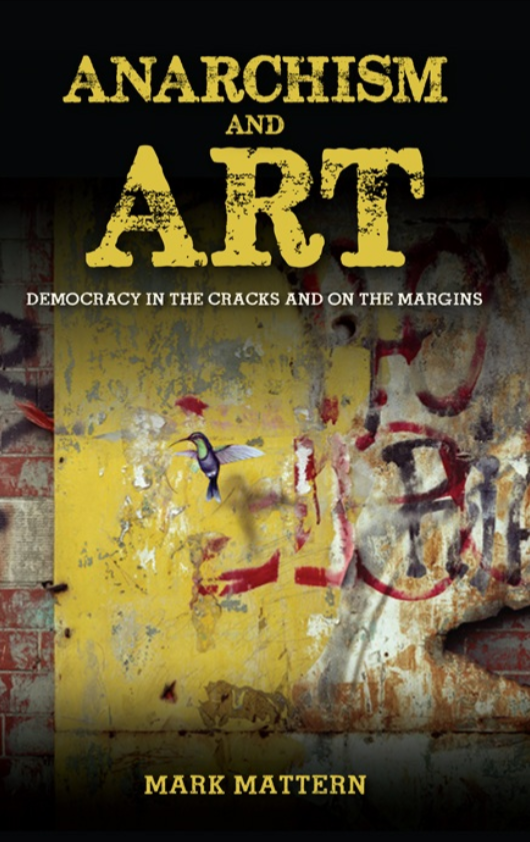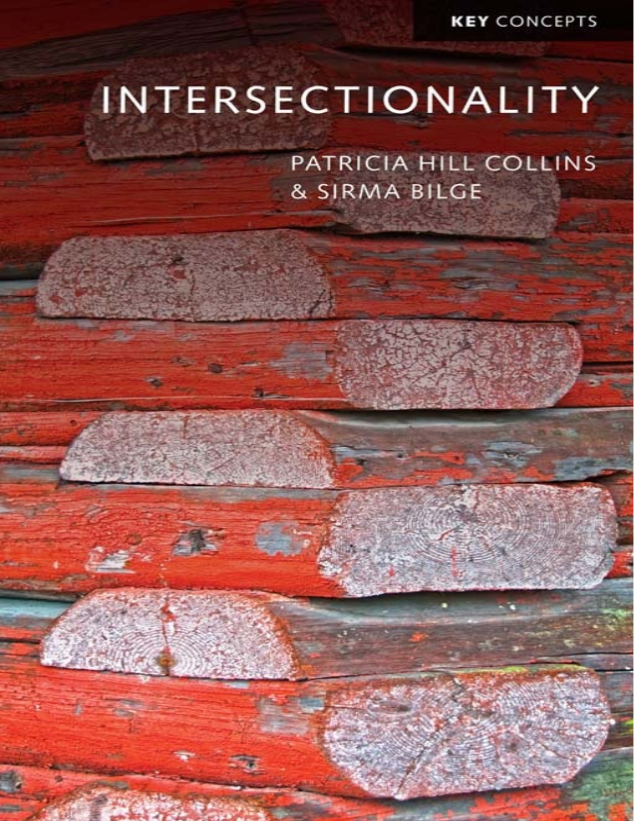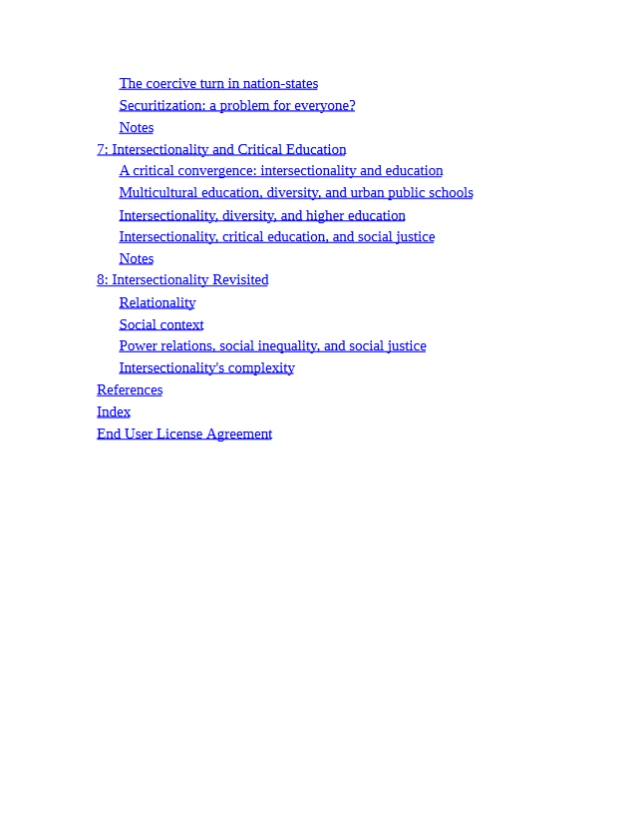Author(s)
Contents

“The prefigurative potential of art lies in the arts as a domain of creativity and imagination, where artists constantly innovate new cultural forms. Each new artistic or cultural form represents new potentialities for human thought and action. Of course, artists also often simply reflect changes that are occurring in other domains. Artists constantly strive to put their feelings and ideas onto canvas and onto stage and into words, feelings and ideas that often lie outside the margins of current ways of life.
In their work we can see alternative futures.
Since the inception of the anarchist movement in the nineteenth century, ‘the arts have been an integral part of the anarchist movement’. […] It reflects back on us ; it reveals ourselves to ourselves and to others. This opens the possibility of self and social criticism. […] Many anarchists, past and present, have emphasized art’s role in adding beauty and joy to any life worth living, as well as its role in challenging superstition and social conventions.
Contemporary anarchist David Graeber asks, ‘Why is it that artists have so often been drawn to revolutionary politics?’ The answer, he argues, ‘must have something to do with alienation.’ Artists imagine things and then bring them into being ; and this is the essence of unalienated production. The link to imagining and then creating revolutionary alternatives is a natural one. And this is especially true ‘if that alternative is the possibility of a society premised on less alienated forms of creativity.’
Graeber highlights an important point about anarchists past and present : they do not accept the often dreary, mechanical, regimented, work – and efficiency- obsessed world defined by capitalism and the liberal democratic state. It does not have to be this way, they affirm.We can create a better world, a world less marked by the mind-numbing, alienating forms of work and leisure conceived primarily in terms of consumption. We can create a world marked instead by creative, joyful, satisfying work and play. We can bridge the gap between art and everyday life.”
Mark Mattern
Leave a comment below with a valid email adress (it will not be published) to request this book.



